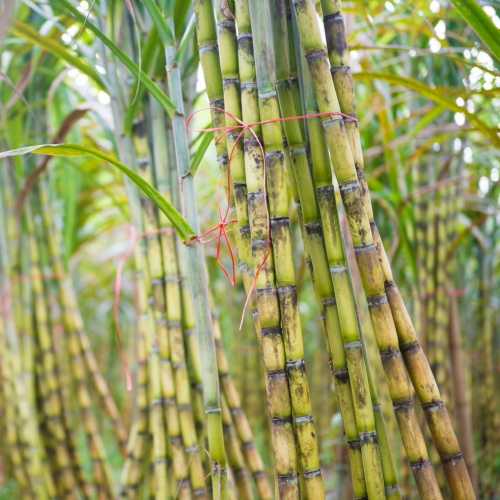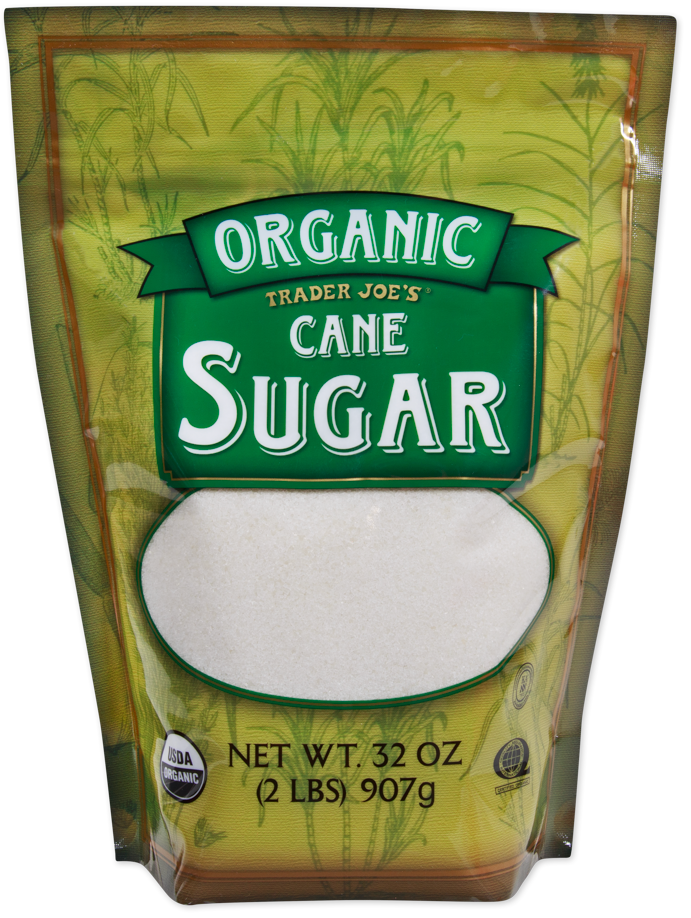Comprehending the Critical Strategies and Technologies Employed in Modern Walking Cane Sugar Processing
The development of cane sugar handling has actually been dramatically formed by the combination of innovative techniques and innovations that deal with both efficiency and sustainability. As we explore these essential developments, it comes to be vital to analyze exactly how they not only improve manufacturing yet also line up with wider market patterns and customer demands, raising concerns regarding the future of sugar processing and its effects for global markets.
Historic Context of Walking Stick Sugar Handling
The historic context of walking stick sugar handling reveals an abundant tapestry of farming innovation and social exchange that has actually shaped its development over centuries. The process of improving and drawing out sugar obtained momentum in India, where methods for condensation were perfected around the Sixth century.

Advanced Removal Methods
Efficiency in walking stick sugar extraction has actually seen considerable innovations, driven by the demand for higher returns and reduced manufacturing prices. This method not only increases sugar yield but likewise minimizes the energy needed for processing.
In addition, the adoption of membrane filtering modern technologies, such as nanofiltration and reverse osmosis, has changed the splitting up of sugar from pollutants. These methods enable the selective permeation of sugar particles while retaining larger contaminants, simplifying the extraction procedure and lessening waste.
Moreover, the integration of continual removal systems has actually led to enhanced functional effectiveness. Cane Sugar Processing. These systems preserve a continuous flow of walking cane material, guaranteeing optimal removal conditions and reducing downtime associated with set handling
Cutting-edge Refining Technologies
Refining methods in cane sugar handling have gone through a transformative shift, driven by the need for higher purity and improved product high quality. Among the most significant advancements is the adoption of membrane layer filtration modern technologies, such as ultrafiltration and nanofiltration. These processes efficiently eliminate impurities and colorants without the need for extensive chemical treatments, therefore preserving the sugar's natural taste and boosting its allure.
One more considerable development is the use of ion exchange materials, which enable discerning elimination of undesirable ions from sugar options. review This modern technology not just raises the total pureness of the last product however additionally adds to decreased waste and ecological influence.
Additionally, developments in adsorption techniques, utilizing activated carbon and other advanced materials, have verified efficient in decolorizing sugar solutions while preserving ideal top quality. The combination of these ingenious refining innovations makes sure that suppliers can produce polished sugar with remarkable clearness and preference, satisfying the evolving choices of consumers.
Automation and Control Solution
Current developments in refining innovations have actually led the way for significant renovations in automation and control systems within walking stick sugar handling centers. These systems make use of advanced software and hardware to improve functional performance, reduce human error, and guarantee regular item top quality.
Modern automation integrates various elements, including sensing units, actuators, and programmable reasoning controllers (PLCs), enabling real-time surveillance and control of essential procedures. For circumstances, stress, circulation, and temperature level rates can be specifically controlled throughout extraction, clarification, and condensation phases, maximizing efficiency and minimizing waste.
Moreover, advanced information analytics and artificial intelligence formulas play a critical duty in predictive maintenance, allowing operators to prepare for tools failures prior to they take place. This positive approach not only decreases downtime but likewise prolongs the life-span of equipment.
In addition, automation helps with the execution of Industry 4.0 concepts, equipping sugar mills to attain higher connectivity and information exchange throughout procedures. Because of this, decision-making comes to be more enlightened and nimble, inevitably enhancing the general competitiveness of walking stick sugar i was reading this manufacturing. With these improvements, the market is well-positioned to fulfill growing worldwide demands while keeping operational quality.
Sustainability Practices in Sugar Production
Sustainability practices in sugar manufacturing have become increasingly necessary as the sector looks for to stabilize financial practicality with environmental duty. As customer awareness expands relating to the environmental effects of farming methods, sugar manufacturers are taking on cutting-edge approaches to reduce their eco-friendly impact.
One significant approach is the implementation of precision agriculture strategies, which make use of information analytics to enhance resource use, such as water and plant foods. This minimizes waste and reduces the influence on regional ecosystems. Additionally, many manufacturers are transitioning to renewable energy sources, such as biomass from sugarcane byproducts, to power their operations, thus decreasing reliance on fossil gas.
Water management practices are also important; rainwater harvesting and efficient irrigation systems help mitigate water scarcity issues. Cane Sugar Processing. Additionally, incorporated parasite monitoring approaches lower chemical use, advertising biodiversity and soil health and wellness
Corporate social responsibility initiatives are arising, with business buying local communities and ensuring reasonable labor techniques. By accepting these sustainability practices, the sugar industry not just improves its credibility but additionally adds to a much more sustainable farming landscape, paving the way for future generations.

Final Thought
In recap, modern-day cane sugar processing incorporates a series of sophisticated methods and modern technologies that significantly enhance yield, sustainability, and efficiency. The adoption of innovative removal and refining approaches, along with automation and control systems, promotes improved functional efficiency and product quality. Additionally, the emphasis on sustainable practices underscores a commitment to reducing environmental impact and advertising honest manufacturing. Full Report Jointly, these innovations place the walking stick sugar market to meet modern needs while attending to essential international difficulties.
The advancement of walking stick sugar processing has actually been considerably formed by the assimilation of advanced methods and technologies that deal with both performance and sustainability.The historical context of walking cane sugar processing reveals an abundant tapestry of agricultural innovation and cultural exchange that has actually formed its growth over centuries. Technologies in milling and refining emerged, laying the groundwork for contemporary walking cane sugar handling.Refining strategies in walking cane sugar handling have gone through a transformative change, driven by the demand for higher purity and enhanced item quality.In summary, contemporary walking stick sugar handling incorporates a variety of sophisticated strategies and innovations that dramatically boost return, sustainability, and performance.